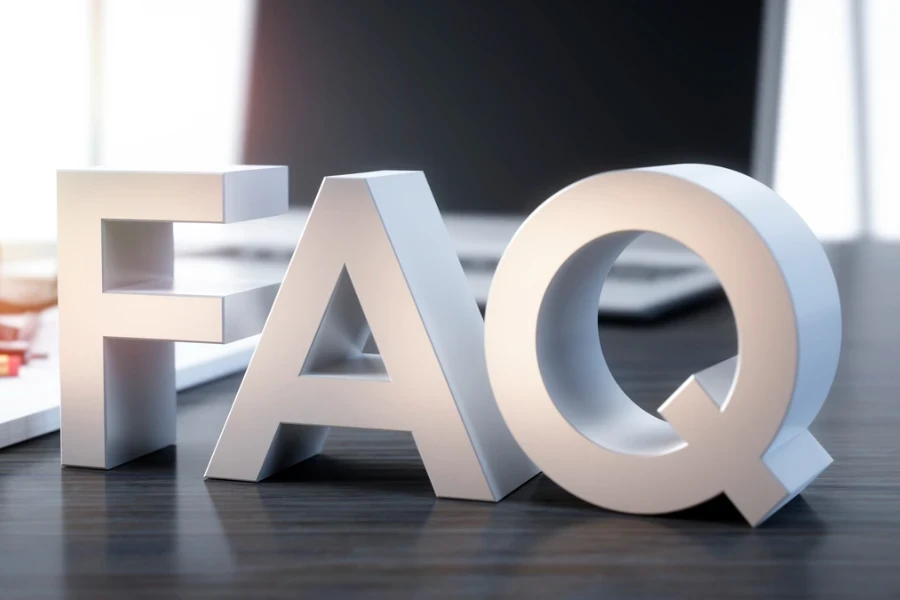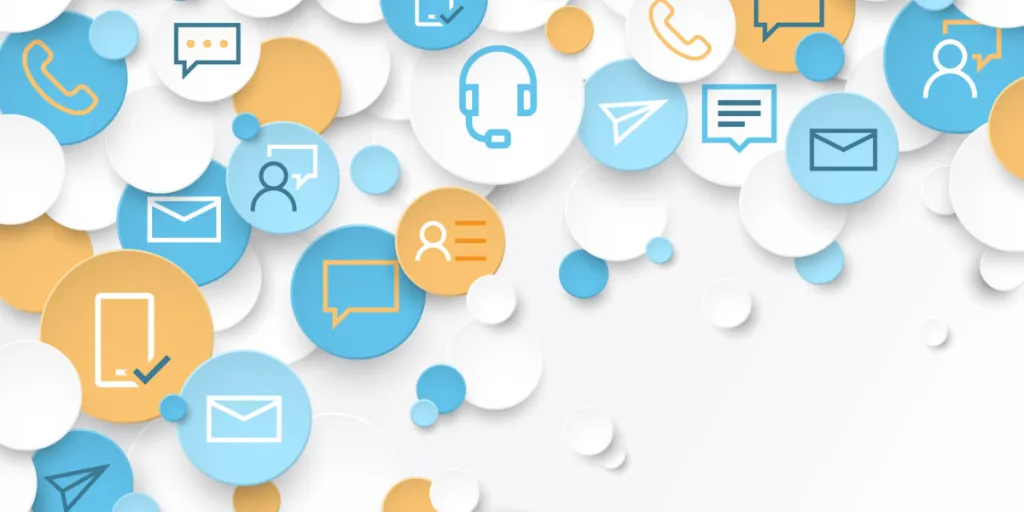Establishing effective communication channels is critical for good customer service. However, it’s so much more than that—it is a fundamental element that impacts various aspects of your e-commerce business, from customer satisfaction and loyalty to brand reputation and competitiveness in the market.
Here, we will delve into the significance of key customer communication channels, including live chat, email support, phone, social media, and self-service portals, to help e-commerce businesses build a robust customer service strategy.
Table of Contents
What are customer communication channels?
Why regular customer communication is critical
7 customer communication channels your e-commerce business needs
Final thoughts
What are customer communication channels?
Customer communication channels refer to how businesses and customers interact and exchange information. These channels play a crucial role in customer service, allowing customers to seek assistance, obtain information, and communicate with businesses.
The importance of customer communication channels lies in their ability to facilitate effective and efficient customer support, leading to improved customer satisfaction and loyalty.
Why regular customer communication is critical
Here are key reasons why maintaining consistent and effective communication with customers is crucial in e-commerce:
- Builds trust and credibility: When customers receive consistent updates, valuable information, and transparent communication, they are more likely to trust the brand and feel confident about their purchases.
- Enhances customer loyalty: When businesses stay engaged with their customers, addressing their needs and providing relevant information strengthens the emotional connection between the customer and the brand. This loyalty often leads to repeat business and positive word-of-mouth recommendations.
- Provides a personalized experience: Businesses can tailor their communication to offer customized recommendations, promotions, and content, creating a more engaging and relevant experience for each customer.
- Addresses customer concerns: Regular updates on the status of orders, shipping details, and other relevant information help manage customer expectations and demonstrate the commitment of the business to customer satisfaction. Timely communication is crucial for addressing customer concerns and resolving issues promptly.
- Facilitates upselling and cross-selling: Businesses can inform customers about new products, promotions, and complementary offerings, encouraging customers to explore additional products or services that may align with their needs and preferences.
- Promotes brand awareness and engagement: Ongoing communication, whether through email newsletters, social media updates, or other channels, helps maintain brand visibility. Regular customer engagement keeps the brand top-of-mind, increasing the likelihood that customers will turn to the business for their future needs.
- Strengthens the customer lifecycle: Nurturing relationships at each stage helps retain customers, turning them into loyal customers who may, in turn, attract new customers through word-of-mouth.
7 customer communication channels your e-commerce business needs
Here are the most common customer communication channels your e-commerce business should consider, including their benefits:
1. Live chat
Live chat has become an indispensable tool for e-commerce businesses aiming to provide instant customer assistance. In a world where immediacy is valued, live chat offers a real-time communication channel, allowing customers to connect with support agents instantly. This channel facilitates quick issue resolution and enhances the overall customer experience.
Integration tips:
- Implement user-friendly live chat software on your website.
- Leverage chatbots for initial interactions and seamless transitions to human agents for complex queries.
Benefits:
- Reduced response times.
- Enhanced customer satisfaction.
- Personalized support.
2. Email support

Email remains a cornerstone of customer communication, especially for detailed inquiries and complex issue resolution. E-commerce businesses can benefit from the formal nature of email, providing customers with a documented channel for communication.
Email support lets customers express their concerns in detail, enabling support agents to provide thorough and well-considered responses.
Additionally, email plays a significant role in marketing through newsletters, product updates, and sharing helpful content.
Integration tips:
- Utilize a helpdesk system for efficient email management.
- Set up automated email responses for acknowledgment and clear response times.
Benefits:
- Documented communication history.
- Asynchronous communication.
- Detailed issue resolution.
3. Phone support

Phone support is a classic yet powerful communication channel that allows for direct and personalized interaction with customers. Phone support is beneficial for complex queries and urgent issues. Additionally, the human touch of voice communication can build rapport and provide immediate assistance.
Integration tips:
- Integrate a robust phone system with CRM for call tracking and data access.
- Implement IVR for efficient call routing.
Benefits:
- Direct and personal communication.
- Immediate responses.
- Suitable for complex queries.
4. Social media
Social media has evolved into a dynamic customer communication channel for e-commerce businesses. It provides a platform for businesses to engage with customers, address public inquiries, and build a strong online presence. As we know, many customers begin their buying journey on social media, so it’s critical for businesses to have a presence on social media.
Additionally, effective integration of social media into the customer service strategy enables businesses to showcase their responsiveness and commitment to customer satisfaction. Timely responses to customer comments and messages on social media are critical; if you’re going to be on social media, you need to be engaged.
Integration tips:
- Use social media management tools for efficient monitoring and response.
- Set up automated responses for common queries.
Benefits:
- Enhanced brand visibility.
- Community building.
- Additional channel for customer feedback.
5. Self-service portals

Self-service portals are a proactive approach to customer service, empowering customers to find answers independently. These portals, often in the form of a comprehensive knowledge base, can significantly reduce the volume of routine queries, freeing up support teams to focus on more complex issues.
Integration tips:
- Develop a user-friendly knowledge base linked to your website or app.
- Regularly update and expand the knowledge base.
Benefits:
- Increased efficiency.
- 24/7 accessibility.
- Customer empowerment.
6. SMS/Text messaging
SMS, or text messaging, is a direct and concise communication channel that can effectively reach customers quickly, especially for urgent updates or time-sensitive promotions. Integrating SMS services allows businesses to communicate directly with customers on their mobile devices.
Integration tips:
- Integrate SMS services with CRM for personalized communication.
- Utilize SMS for order updates and time-sensitive promotions.
Benefits:
- Enhanced communication speed.
- Support for notifications.
- Convenient for customers on the go.
7. Chatbots

Chatbots are AI-powered tools that offer automated responses and handle routine queries, freeing up human agents for more complex tasks. Integrating chatbots into customer service operations enhances efficiency and provides instant responses, especially during peak times.
Integration tips:
- Integrate AI-powered chatbots for instant responses.
- Regularly update chatbot scripts based on customer interactions.
Benefits:
- Improved efficiency.
- Instant responses.
- 24/7 availability.
Final thoughts
The integration of diverse customer communication channels is essential for the success of e-commerce businesses. Each channel serves a unique purpose and caters to different customer preferences.
By understanding the significance of live chat, email support, phone, social media, and self-service portals, businesses can create a customer service strategy that not only meets but exceeds customer expectations.
Feeling overwhelmed? It may seem like there is a lot to manage, but integrating these communication channels with a helpdesk and a customer relationship management system (CRM) can make responding to and reaching out to customers easy.




